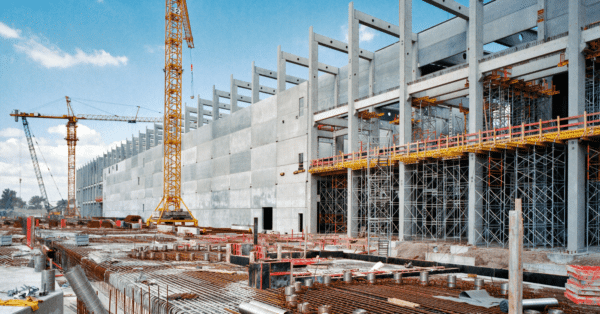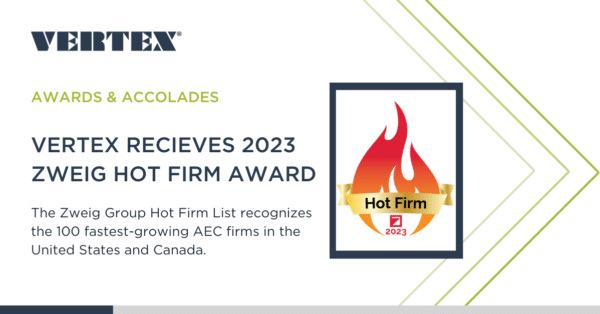In recent years, environmental due diligence assessments have increasingly become an essential component of most property transactions. A wide range of stakeholders including purchasers, sellers, developers, contractors, owners, tenants, insurance firms and financial institutions routinely depend upon these assessments to identify environmental liability, evaluate risks and make informed decisions.
In North America, and most other global regions, an environmental due diligence assessment begins with conducting a Phase I Environmental Site Assessment (Phase I ESA). A brief insight into the standards used in Canada is presented below.
Canadian Standards Association CSA Z768-01(R2016) Standard
In Canada, there is a national standard for conducting a Phase I ESA. This standard, published by the Canadian Standards Association (CSA) is designated as CSA Z768-01 (Reaffirmed 2016). The primary objective of the CSA Phase I ESA is to identify actual or potential environmental contamination on a property. As indicated in the standard, the document establishes the principles and practices that are applicable to a CSA Phase I ESA and is intended to provide a consistent framework and minimum requirements for conducting the assessment. This framework involves preparing for and undertaking an investigation and interpreting and reporting on the information gathered.
In Canada, the CSA Z768-01(R2016) standard is commonly used for most due diligence assessments involving property transactions related to mergers and acquisitions and other situations such as refinancing, pre-lease baseline assessments and end of lease exit assessments. Several Provinces have their own specific standards such as a Phase One Environmental Site Assessment applicable in the Province of Ontario which is required to be performed if a Record of Site Condition (RSC) pursuant to Ontario Regulation 153/04 (O. Reg. 153/04) is to be filed with the Ministry of the Environmental and Climate Change (MOECC). The need for an RSC is typically required by the MOECC in certain circumstances such as when a property is being redeveloped for more sensitive land use.
The four (4) principal components of a CSA Phase I ESA include:
- A records review
- A site reconnaissance
- Interviews
- Evaluation of information and reporting
In addition to issues related to potential or actual subsurface contamination, the standard also includes the identification of Special Attention Items such as the potential presence of polychlorinated biphenyls (PCBs), asbestos-containing materials (ACMs), lead, ozone-depleting materials, urea foam formaldehyde insulation (UFFI), radon, mould, noise, electric and magnetic fields, and vibration. Testing/and sampling for Special Attention Items is however beyond the scope of the Standard and is conducted as a separate investigation.
The outcome of a CSA Phase I ESA is the identification of issues of potential environmental concern and on evaluation of the information generated, the conclusions should reflect one (1) of the following:
- No evidence of contamination in connection with the property;
- Evidence of potential contamination in connection with the property;
- Evidence of actual contamination in connection with the property; or
- Evidence of actual and potential contamination in connection with the property. Often, in this type of conclusion, the issues identified warrant the need for further investigation such as a Phase II ESA which typically include a soil and groundwater investigation the results of which may then lead to remediation, risk assessments or establishing appropriate site management measures.
American Society for Testing and Materials (ASTM) E1527-13 Standard
The American Society for Testing and Materials (ASTM) E1527-13 standard is used in Canada by some US investors and owners for performing Phase I ESAs. The standard describes the ASTM Phase I ESA process, which is used in conducting research to identify the potential for releases of hazardous substances or petroleum products that could lead to liability for new property owners if not identified, evaluated, addressed and properly managed.
The goal of the process is to identify Recognized Environmental Conditions (RECs), meaning the presence or likely presence of any hazardous substances or petroleum products in, on, or at a property: (1) due to any release to the environment, (2) under conditions indicative of a release to the environment, or (3) under conditions that pose a material threat of a future release to the environment.
Similar to the Canadian CSA standard, the ASTM Phase I ESA has four (4) main components:
- Records review
- Site reconnaissance
- Interviews
- Report
In addition to the identification of RECs, such as a former gas station or known release, the standard also requires the following to be identified and included in a report:
- Historical Recognized Environmental Condition (HREC); such as a known release that has been remediated and given full regulatory closure with no restrictions;
- Controlled Recognized Environmental Condition (CREC); examples of which would include environmental issues that are RECs, but are controlled in some way or a known release that has been granted regulatory closure with a use restriction (e.g. deed restriction, Activity Use Limitation); and,
- De minimis conditions; a condition that generally does not present a threat to human health or the environment and that generally would not be the subject an enforcement action. A de minimis condition is not a REC.
The standard also provides a list of several non-scope considerations that a stakeholder may want to assess in connection with the property such as:
- Asbestos-containing building materials
- Biological agents
- Cultural and historical resources
- Health and safety
- Lead based paints
- Mold
- Radon
- Regulatory compliance
How Can VTX Help?
VTX has the capabilities to conduct Phase I ESAs in accordance with the CSA standard, the ASTM standard or when required by the client, in accordance with both standards or project-specific requirements.
Since its inception in 2013, VTX Consulting Services Inc. (VTX), the Canadian subsidiary of The VERTEX Companies, LLC has executed Phase I and II ESAs across Canada for Canadian, US and foreign clients.
For information regarding VTX’s Environmental Due Diligence services in Canada or to speak with one of our Environmental Experts, please contact Michael J. Cugino, P.Geo, QPESA, P.Geol., Principal Geoscientist, Vice President at mcugino@vtxconsulting.com or Christopher Farias, Ph.D., MRACI, Chem, Principal Scientist, Environmental Manager at cfarias@vtxconsulting.com.
Reference
- Canadian Standards Association (CSA Z768-01(R2016) Standard
- Ontario Regulation 153/04, as amended
- American Society for Testing and Materials (ASTM) E1527-13 Standard
Author: Michael Cugino







